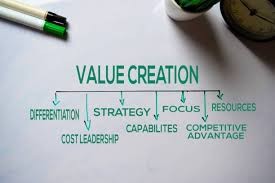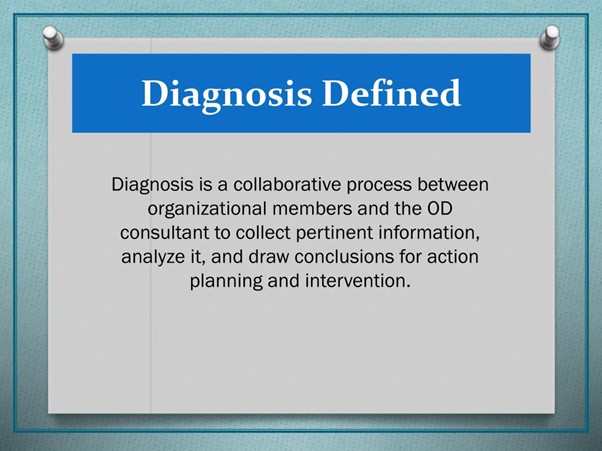Skills
Needs and requirements identification and providing appropriate solutions to create value for the organization and stakeholders:
Identifying needs and requirements is one of the specialties of business analysts. By identifying needs, business analysts seek to design a solution that can create value for the organization and its stakeholders. Therefore, in today’s world, the most important skill is business analysis, and analysis simply involves identifying needs.


Data analysis and solutions to provide the most value to the organization:
Business data analytics is a specific set of techniques, competencies, and practices that are used to continuously explore, examine, and visualize business data to gain insights that can lead to improved decision-making and target effective business and organizational decisions.
Working in the fields of artificial intelligence, data analytics, and business data analytics has been an effective factor in enhancing my analytical skills, especially in the business field.
Analytic, critical, system and creative thinking:
Critical thinking is the intellectually disciplined process of actively and skillfully conceptualizing, applying, analyzing, synthesizing, and/or evaluating information gathered from, or generated by, observation, experience, reflection, reasoning, or communication, as a guide to belief and action. By developing critical thinking skills, we improve our ability to analyze information and come to the best decision possible. Analytical thinking is the act of converging on facts, data, information, judgment, experience, and wisdom in search of the best answer. Creative thinking is the divergence of thinking to explore different options. Depending on the situation, they can be complementary or essential.
Analytical thinking is useful for problems that require logical reasoning, data analysis, and systematic steps. Creative thinking is useful for problems that require divergent thinking, original ideas, and multiple perspectives. However, analytical and creative thinking are not mutually exclusive


Strategic thinking
Strategic thinking skills are among the management competencies that have received much attention. Why? Because people who are able to think critically, logically, and strategically can have a tremendous impact on the direction of a business.
Strategic thinking is different from strategic planning. In many ways, it is even more important than strategic planning. Strategic thinking means seeing and understanding the bigger picture of what the organization is, where it needs to go, and how it will get there. It means anticipating opportunities and challenges and using that knowledge to guide the organization. And also A strategic mindset entails the ability to constantly focus and refocus on resources.
And ultimately, strategic thinking is the process of creating and implementing effective strategy. A strategic mindset can be developed through self-exploration, critical questioning, and formal training
Problem statement and solving:
Problem identification is one of the most important tasks of an expert and experienced consultant. In fact, one of the distinguishing features of consultants is problem identification because if the root of the problem and its source are not understood, touching on unnecessary and sometimes wrong points will cause the failure of the management consulting project and subsequently lead to the imposition of heavy costs on the organization. In fact, correct problem identification is the most important factor in solving the right problem. In the field of management consulting, we need both effectiveness and efficiency in order to achieve productivity. Problem identification is the same as effectiveness and correct problem solving, which will ultimately achieve productivity in the management consulting project.


Artificial intelligence
Data Mining and Machine Learning are two very interesting fields for me. In the future world, given the huge amount of data that will be around businesses, classifying and extracting useful information for our business and processing it will be a useful contribution to the growth, development and competitiveness of businesses. As a result, managers will be able to reach appropriate insights with the insight they get from analyzing the information and data they obtain from the business and make important decisions in order to make profits and create value for the organization. This process uses various methods, algorithms and techniques to extract new and conceptual information from data that may not have been available before.
In machine learning, the process involves extracting patterns and knowledge from data, evaluating the performance of models, and improving them based on feedback, allowing machines to learn from data and make decisions and predictions without explicit programming. In machine learning, models use training data and specific algorithms to discover rules and patterns that allow them to predict or make decisions on new data. Based on the information they learn from the training data, these models are adaptive and can work with new data that they have not seen before.
Creating organizational transformation and change management
Organizational transformation involves redesigning existing processes or creating new ones to align with goals or strategies. Transformation can include helping people adopt new systems, streamlining workflows, eliminating inefficiencies, and other changes to how people do their daily work.


Creating a competitive advantage for the organization
Competitive advantage refers to the factors that allow a company to produce goods or services better or cheaper than its competitors. These factors allow the manufacturing unit to generate more sales or higher profit margins compared to its competitors in the market.
Creating value for customers
Creating value for customers means providing products and services that are useful to customers and that are worth the time, energy, and expense they incur. For customers to perceive the value of a product or service, the perceived benefits must outweigh its cost.
The question is, how do you define value? Can you measure it? What is the value of your products and services to customers? Remarkably few suppliers in the commercial marketplace are able to answer these questions. And yet the ability to accurately determine the value of a product or service to a customer has never been more important. Customers increasingly view purchasing as a way to increase profits, and so they are pressuring suppliers to lower prices. To convince customers to focus on total costs rather than just the purchase price, a supplier must have a clear understanding of what their customers value and what value they can create for them.


Troubleshooting
Every business, regardless of size or industry, faces challenges. Whether it’s operational inefficiencies, financial obstacles, or competition in the marketplace, these problems can hinder growth and success. That’s where business consultants come in, providing expert insights and solutions to diagnosis these issues. Let’s explore how business consultants can be the problem solvers your business needs.
Business consultants are people who have worked in a variety of industries and faced a wide range of challenges. Their diverse experience equips them with a broad toolkit of solutions and strategies. For a business, this means access to tried-and-true methods without the trial-and-error process.
